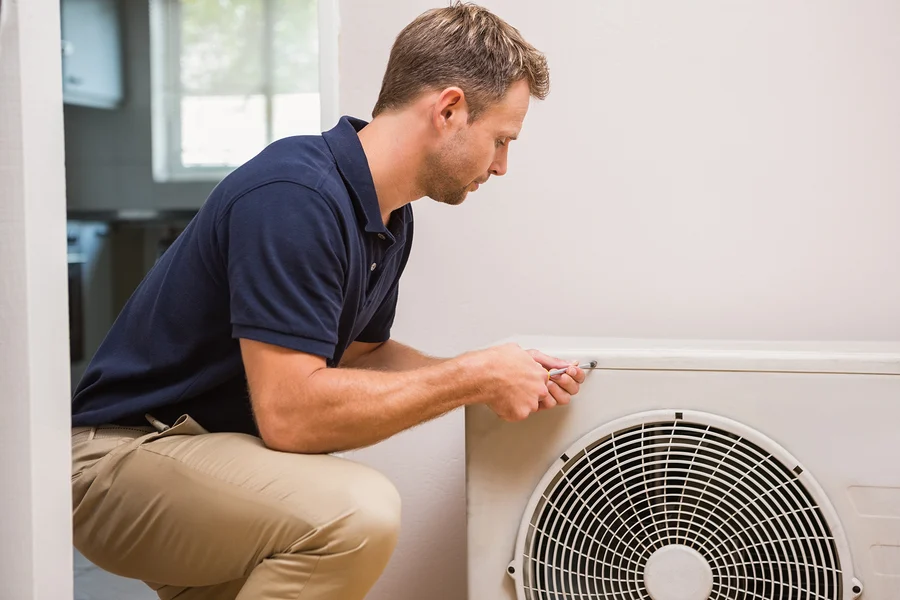Choosing the best vacuum pump is important to ensure optimal system performance and prevent potential damage. Several factors must be considered, including technology, lubrication, chemical resistance and ultimate vacuum level.
This AC vacuum pump from Bacoeng features a 1/4 HP motor that can produce 3.6 CFM at a maximum vacuum of 0.8Pa. It also has a durable black anodized aluminum body for a long lifespan and a high volume cooling fan for quicker heat dissipation.
1. Liquid Ring Vacuum Pump
Liquid ring pumps can operate in both vacuum and compression. These pumps can also be used in a variety of industrial applications, including vacuum distillation, ash handling and vapor condensation.
Unlike other pumps, liquid ring vacuum pumps use a rotor and a seal liquid to create the pumping action. This design eliminates metal-to-metal contact and reduces maintenance requirements. It is also less expensive and more environmentally friendly than other pump types.
Liquid ring vacuum pumps can handle condensable vapor with ease, and they can even be used to evacuate gas streams in corrosive environments. Additionally, these pumps have only one rotating or functioning part, so rebuilding and repairs are much easier than with other pumps that have more complicated designs. Liquid ring vacuum pumps can be run at lower speeds, which helps to minimize power consumption.
2. Dry Vacuum Pump
Unlike wet pumps, dry vacuum pumps don’t require lubrication or water. This allows them to operate without the risk of contaminating the process with oil and other chemicals, which is especially important in harsh environments.
The dry pump works by using a pair of meshing rotors to trap gas molecules between their threaded surfaces and compress them. This creates a strong and durable seal. The pump then moves the trapped molecules away from the inlet side and releases them at the outlet side, generating a vacuum.
Besides having the ability to operate in harsh environments, dry screw pumps also offer high power efficiency. They are capable of operating at a lower pressure range and can be shut down when the process is not in use to save energy.
3. Wet Vacuum Pump
In wet vacuum pumps, a liquid is used to create a seal and lubricate the vanes. The liquid also acts as a cooling medium, helping to dissipate heat during pumping. This design contributes to their durability, a key advantage over dry pumps.
However, the same liquid-filled system can also make wet pumps more prone to corrosion and mineral buildup in the vanes. This can shorten the pump’s lifespan and negatively impact its performance capabilities.
For applications where a clean, oil-free environment is critical, dry pumps are better suited to the job. This 24 gallon wet/dry vac from IPC Eagle uses 3 vacuum motors to boost airflow and pumps up to 267 CFM for restoration and cleanup tasks. Check it out here!.
4. Rotary Vane Vacuum Pump
Rotary Vane Vacuum Pumps work by a rotor with sliding vanes inside of a cam ring. These vanes seal to create fluid chambers that transport the air around a crescent shaped cavity until it is compressed and expelled from the pump through the exhaust port. These pumps and compressors are great at pumping air and gas for low-pressure applications, and can be relatively low maintenance units with extended dry run capability.
However, they require lubricating oil and must be monitored and replaced frequently which can cost time and money. Additionally, they will emit a smelly exhaust. Using carbon graphite for the vane and pushrods increases wear resistance, self-lubrication, and thermal efficiency. This also makes them more hygienic and tolerant to corrosive materials. This helps to extend the life of these vacuum pumps and increase energy savings by decreasing heat emissions.
5. Centrifugal Vacuum Pump
Choosing the right vacuum pump for your chemical processing application can be difficult. With numerous factors to consider including pressure and speed ranges, type of gas you’re dealing with, volume size and even the pumping location. Anderson Process makes this selection easy with extensive product knowledge, a vast inventory of pumps and equipment and full engineering and fabrication facilities if you need a custom made solution.
Dry systems do not use lubrication to operate and instead have very small clearances coated with self-lubricating materials such as graphite, PTFE or PEEK (polyether ether ketone). These specialized mating surfaces prevent metal-to-metal contact and provide contaminant-free pumping. This pump is best suited to processes that don’t require extreme high vacuum levels. It can handle liquid carryover and can also withstand high temperatures.Best vacuum pumps




Leave a Reply